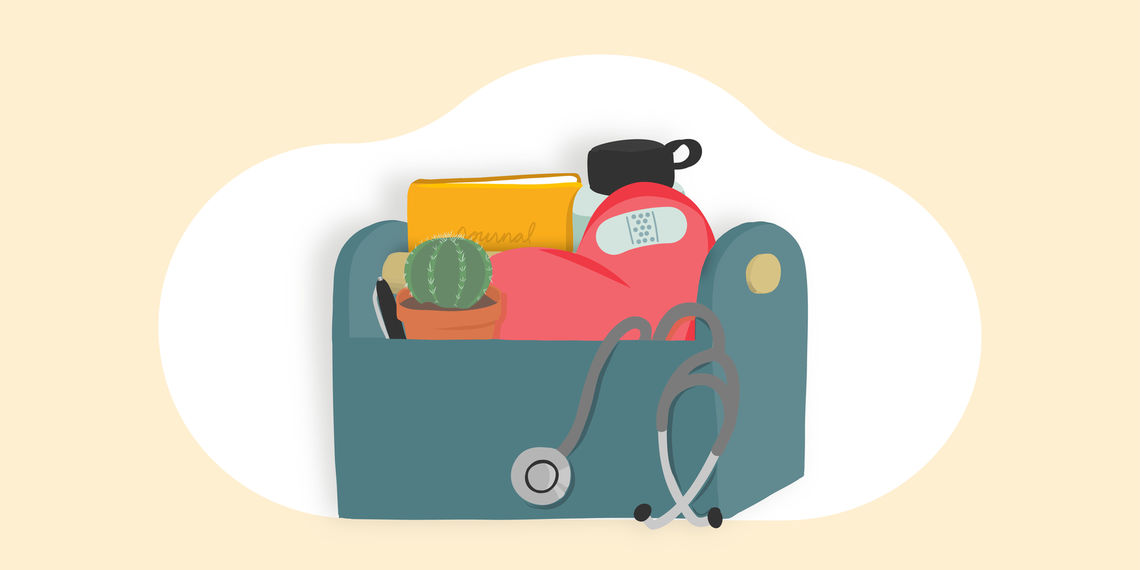he Resilience Toolkit is one way teams can build resilience together. This growing list of resources includes step-by-step instructions for leading well-being activities, as well as visual reminders to help decompress at the end of a long shift.
How to use the Toolkit
The Resilience Toolkit includes links to step-by-step instructions for leading well-being activities with your team.
- Click: on a topic below and try it out with your team
- Customize: If it helps, think of the tools like a recipe; we’ve provided the ingredients, you can pick the activity that best suits your team needs.
- Contact us: We know this is harder than it looks. Many of these exercises may lead to vulnerable sharing and thus require time and sensitive, supportive facilitation. We are here to help answer questions, facilitate a practice with your team, or shadow and give feedback as you lead (resiliencycenter@hsc.utah.edu).
Tools
 For medical professionals working night shifts, getting adequate sleep can be a challenge. Follow these evidence-based “Top 10 Tips” from the CDC's NIOSH training to help night shift workers sleep better.
For medical professionals working night shifts, getting adequate sleep can be a challenge. Follow these evidence-based “Top 10 Tips” from the CDC's NIOSH training to help night shift workers sleep better.
Read the article (3 min)
Download the Quick Guide (pdf)
Download the presentation (ppt)
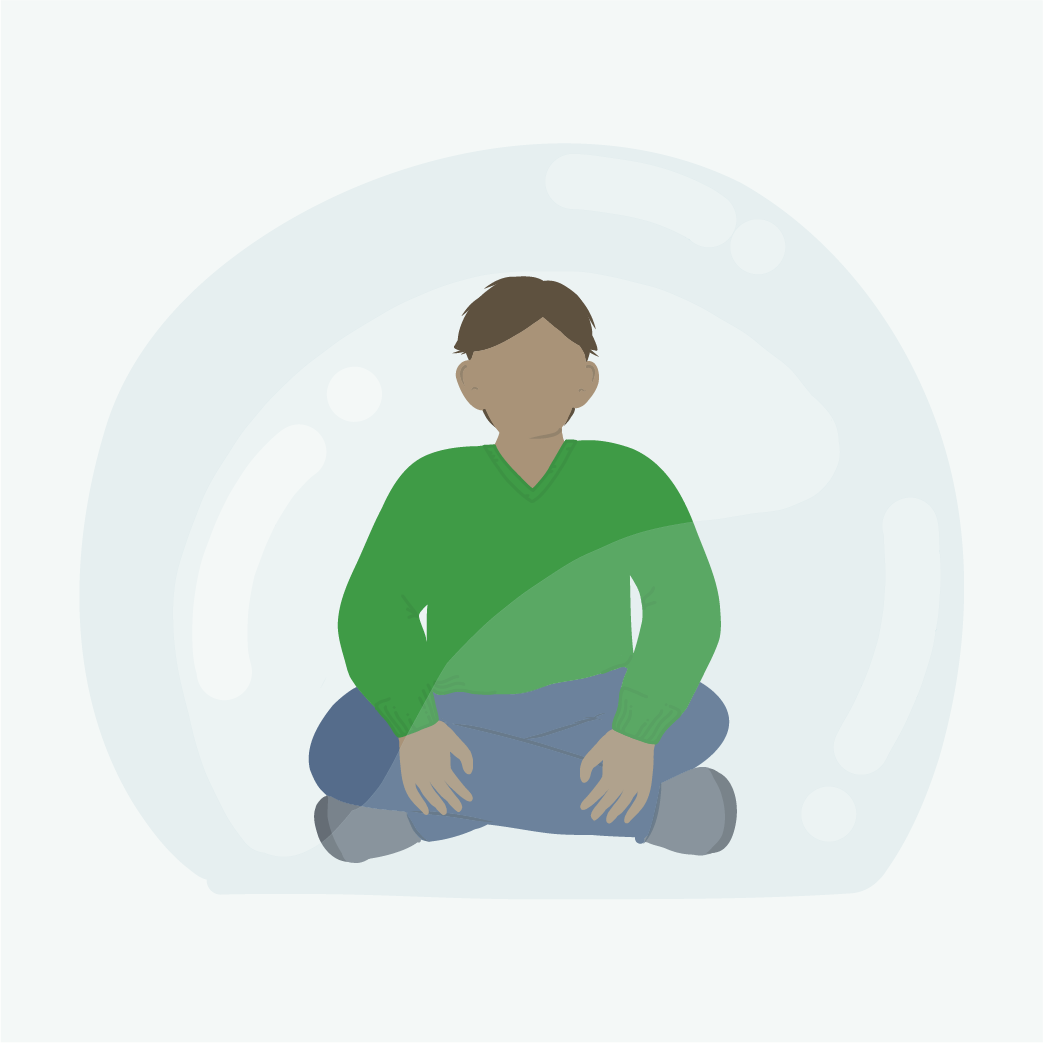 In a culture that values self-sacrifice, setting boundaries reinforces additional values, such as support and compassion. Review the resources below for practical tips for setting boundaries and
In a culture that values self-sacrifice, setting boundaries reinforces additional values, such as support and compassion. Review the resources below for practical tips for setting boundaries and
speaking up.
Read the article (3 min) | Download the Quick Guide (pdf)
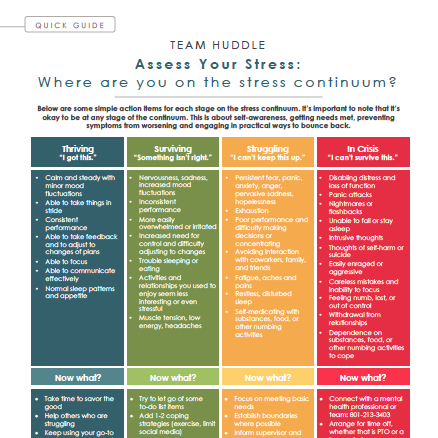 This quick self-assessment shares action items for self- and team-care. Remember, it’s okay to be at any stage of the continuum. This is about self-awareness, getting needs met, preventing symptoms from worsening and engaging in practical ways to bounce back.
This quick self-assessment shares action items for self- and team-care. Remember, it’s okay to be at any stage of the continuum. This is about self-awareness, getting needs met, preventing symptoms from worsening and engaging in practical ways to bounce back.
Read the article (3min) | Download the Assessment (pdf)
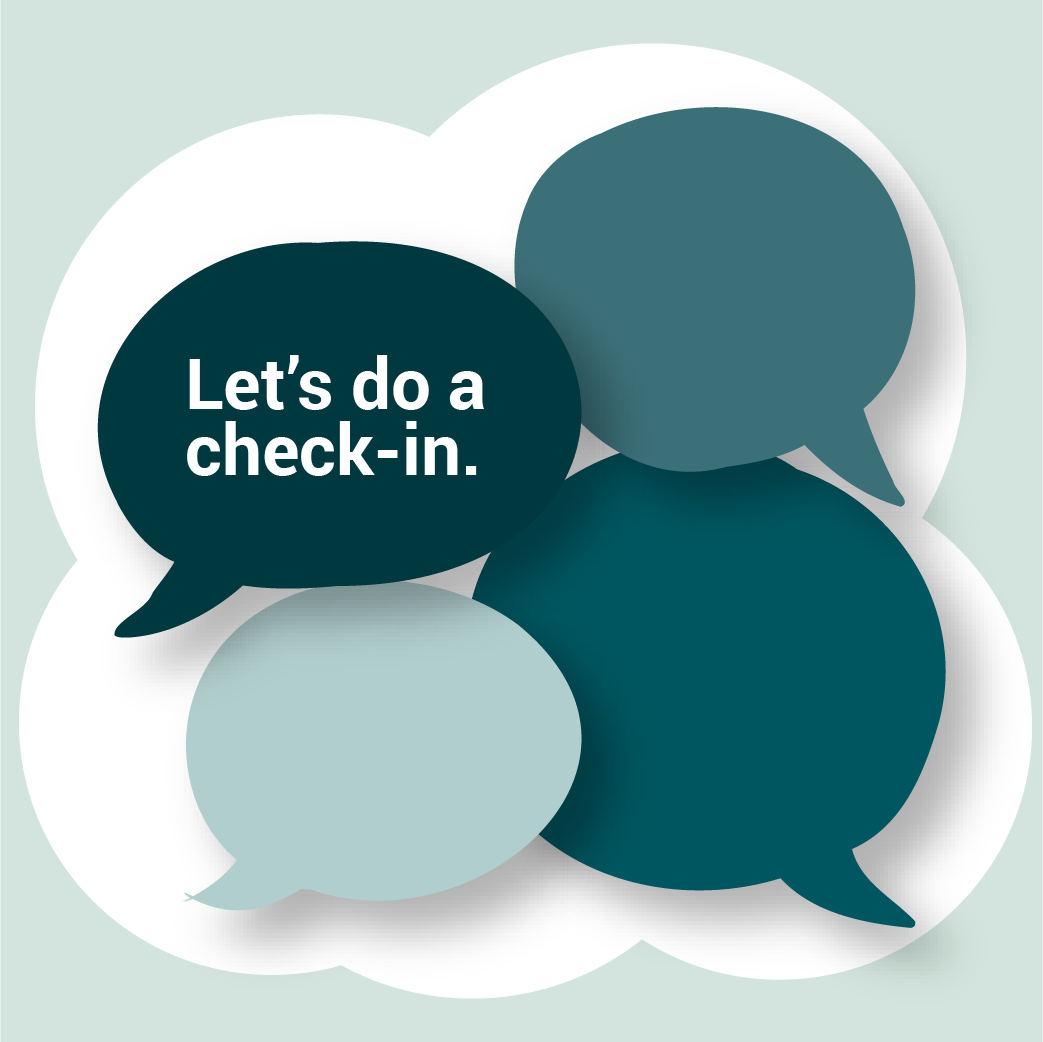 Using prompts to check-in during meetings, team huddles, hand-offs, etc. is a simple way to help each other reconnect to purpose, be more present and focused, connect to each other, and be more engaged at work. Checking-in also creates time and space to process events and experiences in a helpful, adaptive way.
Using prompts to check-in during meetings, team huddles, hand-offs, etc. is a simple way to help each other reconnect to purpose, be more present and focused, connect to each other, and be more engaged at work. Checking-in also creates time and space to process events and experiences in a helpful, adaptive way.
Read the article (3 min) | Download the Quick Guide (pdf)
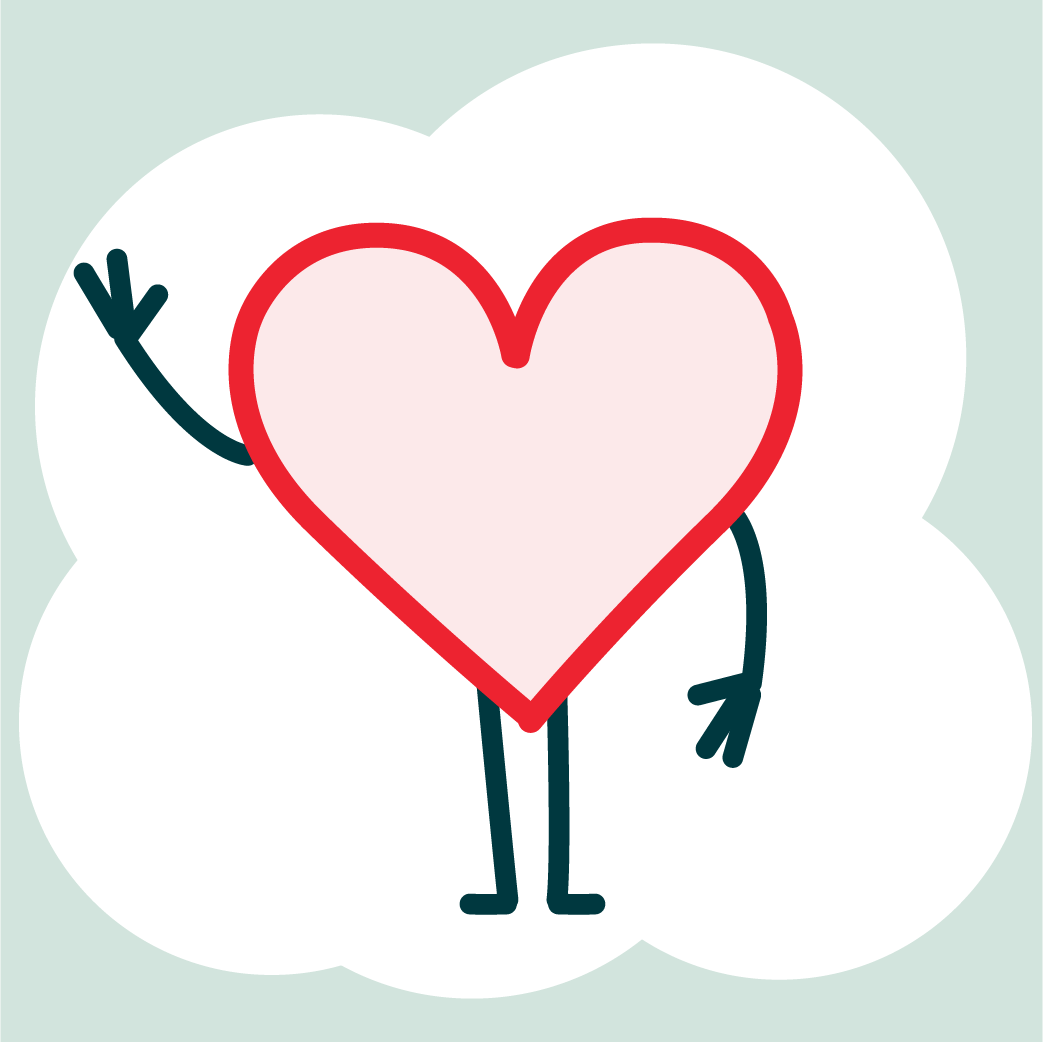 Emotion coaching is a skill that can help validate a person’s experience—but it takes practice. Follow this step-by-step guide to learn how to use this important skill with patients, co-workers, family members and friends.
Emotion coaching is a skill that can help validate a person’s experience—but it takes practice. Follow this step-by-step guide to learn how to use this important skill with patients, co-workers, family members and friends.
Read the article (4 min) | Download the Quick Guide (pdf)
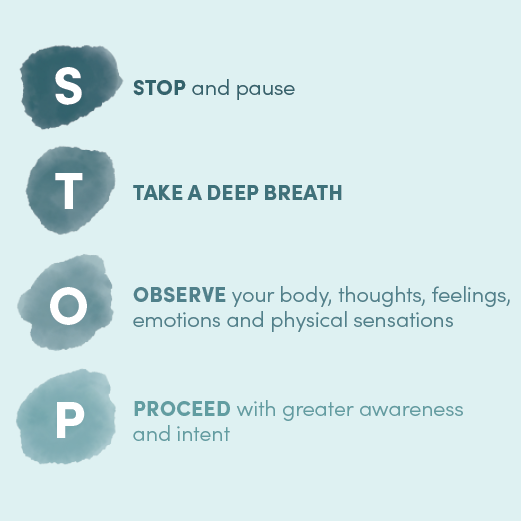 Feeling Stressed? Try the STOP practice right now. This simple breathing practice can help quickly calm your nerves.
Feeling Stressed? Try the STOP practice right now. This simple breathing practice can help quickly calm your nerves.
S — Stop and pause
T — Take a deep breath
O — Observe your body, thoughts, feelings, emotions, and physical sensations
P — Proceed with more awareness of your needs
Article and audio practice (4 min) | Download the poster (pdf)
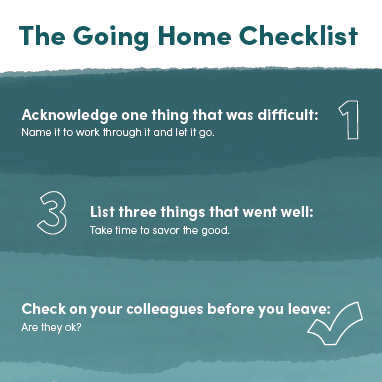 It’s hard to decompress at the end of a long shift. Here are five tips for making the transition from workplace to home.
It’s hard to decompress at the end of a long shift. Here are five tips for making the transition from workplace to home.
Download the poster (pdf)
Download the presentation (ppt)
This tool is designed for assessment of your group over time. 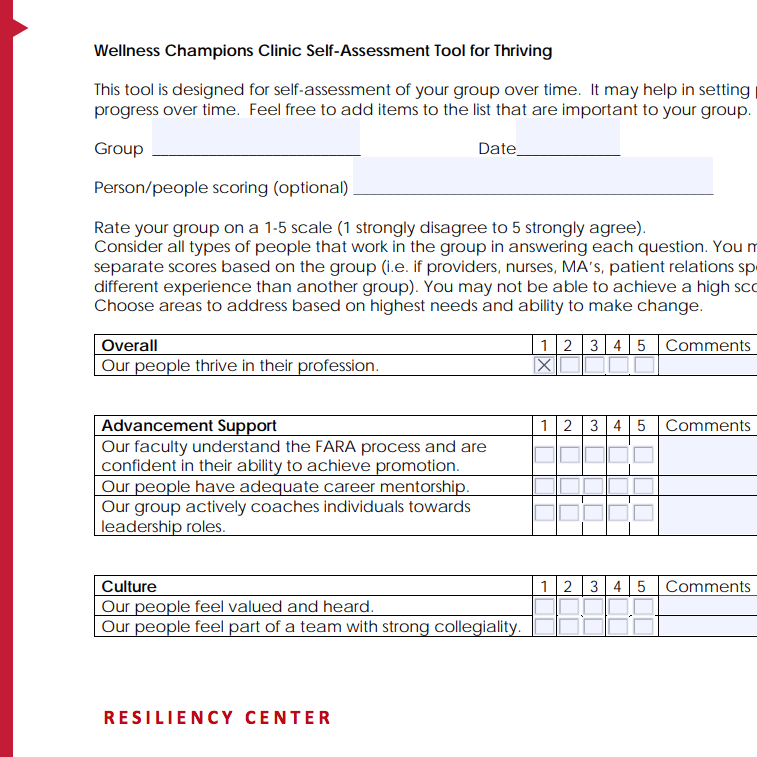 It may help in setting priorities and monitoring progress. Feel free to add items to the list that are important to your group.
It may help in setting priorities and monitoring progress. Feel free to add items to the list that are important to your group.
Self-compassion increases well-being and resilience to stress 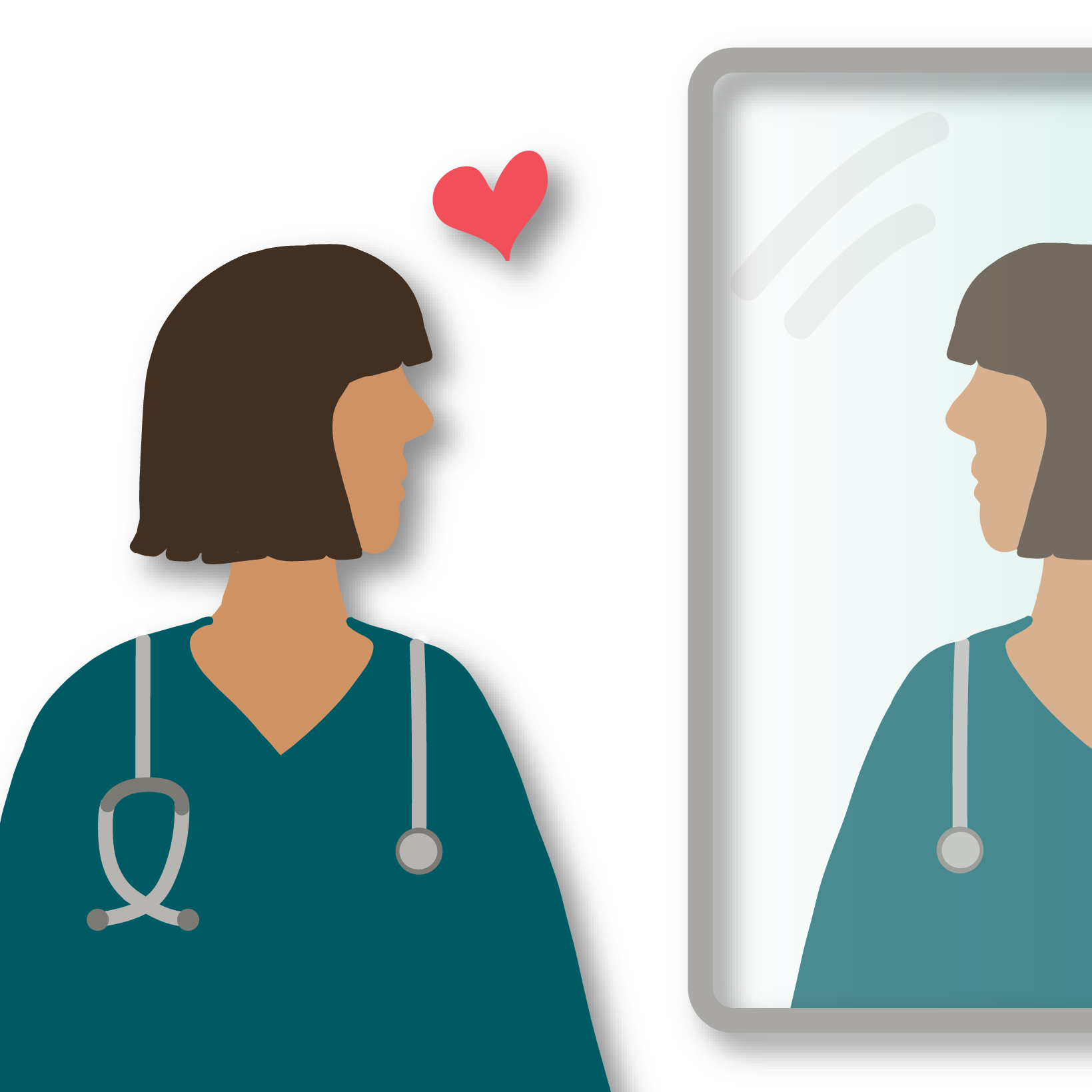 and trauma. It has also been linked to healthier behaviors, greater motivation, confidence, and sense of personal responsibility. It improves our supportive relationship behaviors. In short, practicing self-compassion is essential for health care teams.
and trauma. It has also been linked to healthier behaviors, greater motivation, confidence, and sense of personal responsibility. It improves our supportive relationship behaviors. In short, practicing self-compassion is essential for health care teams.
Read the article (4 min) | Download the Quick Guide (pdf)
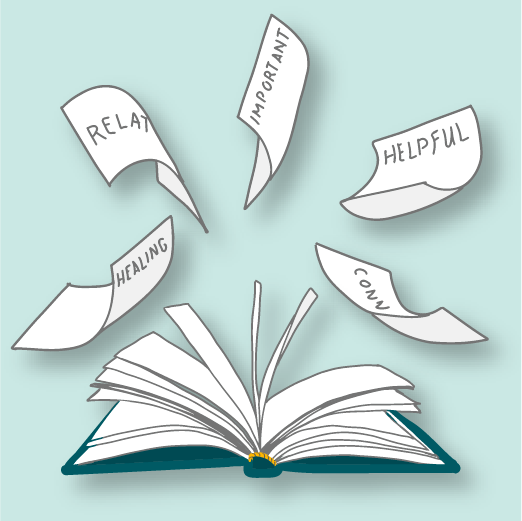 Research on collective trauma indicates that storytelling is helpful for our well-being. It can stimulate our parasympathetic nervous system—our recovery system—helping to bring more order to our memories, and activating neurotransmitters and hormones that allow us to feel more connected.
Research on collective trauma indicates that storytelling is helpful for our well-being. It can stimulate our parasympathetic nervous system—our recovery system—helping to bring more order to our memories, and activating neurotransmitters and hormones that allow us to feel more connected.
Read the article (3 min) | Download the Quick Guide (pdf)
 Three Good Things is a quick and simple prescription for reducing burnout and increasing well-being. This exercise trains our brains to see and savor the good that’s always around us, even during difficult times. We can practice this approach by asking ourselves these two questions every day:
Three Good Things is a quick and simple prescription for reducing burnout and increasing well-being. This exercise trains our brains to see and savor the good that’s always around us, even during difficult times. We can practice this approach by asking ourselves these two questions every day:
-
What 3 things went well today?
-
How did these things occur? Or: How did I contribute to them?
Read the article (3 min)
Download the Quick Guide (pdf)
Download the presentation (ppt)
Resources
- Resiliency Center – U of U Health faculty, staff and trainees can visit us on Pulse.
- Office of Health Equity, Diversity and Inclusion
- Accelerate has online lessons and well-being stories available 24/7.
Pause practices are frequently used in the medical setting immediately following a traumatic event. The Resiliency Center’s Jean Whitlock shares a pause practice for 2020 to help teams recognize how far they’ve come—so we can all move forward together.
Taking time to reflect after a crisis is crucial for recovery. The Resiliency Center’s Jean Whitlock shares a helpful exercise for teams to recognize and normalize their experiences, fostering a culture of well-being in the workplace.
Stress manifests itself physically in the body. Throughout the past year, we’ve all been exhibiting stress physically to varying degrees. Tasha shares exercises and tips to reduce the physical manifestation of stress.
